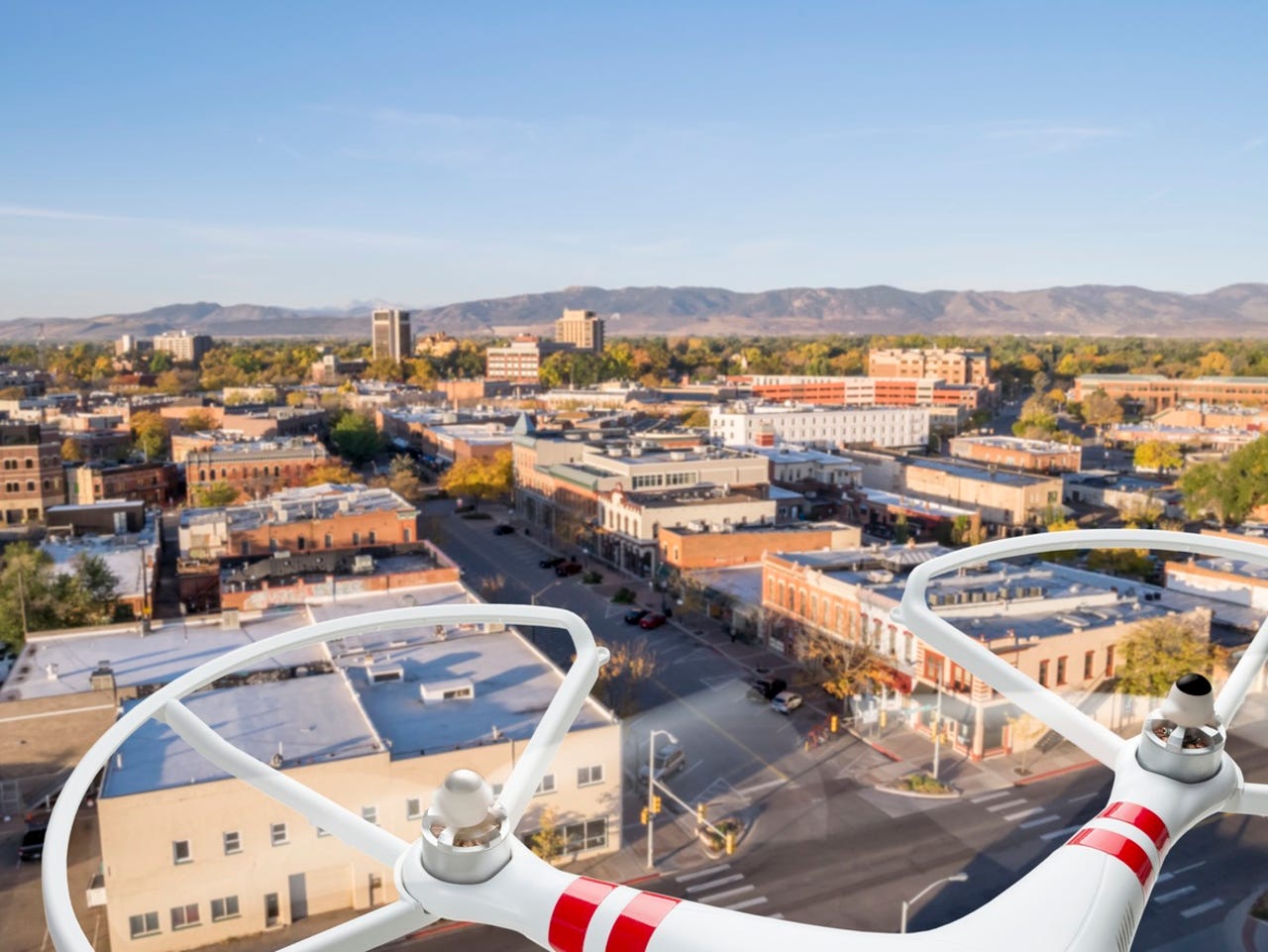FAA anticipates 1.6 million commercial drones by 2021


(Image: Marek Uliasz, Getty Images/iStockphoto)
This week the Federal Aviation Administration (FAA) released its annual aerospace forecast, which now includes projections for unmanned aerial systems (UAS, commonly called drones). The FAA anticipates that between 2016 and 2021, the number of commercial drones will increase at an average annual growth rate of 58.6 percent, while hobbyist fleets will triple in size. According to the FAA, we could see as many as 6.12 million drones in the sky by 2021.
The forecast includes a caveat that projections are difficult "given the dynamic, quickly-evolving market" and regulatory uncertainty. In other words, growth will either be large or huge. While there were 42,000 commercial drones in the US at the end of 2016, the FAA said that by 2021 commercial UAS fleets could range from 442,000 to as many as 1.62 million.
Read also
Even the FAA's high estimate is conservative, since commercial drones are still a fledgling industry. It has been less than a year since regulators loosened the rules so that some commercial pilots no longer have to seek special exemptions. So far, 20,000 pilots have already obtained commercial drone licenses, and the agency expects 10 to 20 times more registered pilots by 2021.
As millions of new drones take flight, complications are inevitable. "The average drone pilot is completely unaware of FAA regulations and laws against flying near airports, stadiums, and other high-risk or high-population areas," said David Prantl, VP of Technology at Dedrone, a company that makes anti-drone software. He continued, "So when more drones are in the skies, there's even more possibility for pilot error or flying with malicious intention."
Dedrone's system monitors drones by combining radio frequency and Wi-Fi sensors, along with cameras and microphones, to analyze the location, distance, and speed of a drone and help locate the pilot.
Prantl told ZDNet, "Whether it's an individual pilot with a single drone, or a single pilot operating a fleet, each drone in the sky poses a unique threat. Even with the best training and intention, a pilot can lose track or control of a drone. When the physical hardware weighs anywhere from ounces to hundreds of pounds, a single crash in to a building or person will cause significant damage. Add to this element that drones are capable of carrying any payload, whether it be a camera or explosives."
Currently, drones are limited to daytime operations, within visual line of sight, and a single pilot operating only one small UAS at a time. Given these limitations, today's drones are mostly put to work for agriculture and infrastructure inspections, but if the rules are loosened, then drone delivery services could thrive.
There is still significant uncertainty regarding future drone regulations. Earlier this month, the Department of Transportation (DOT) and FAA's Drone Advisory Committee published a funding report that highlights how industry demand is rapidly outpacing the FAA's resources. For example, after just one month of implementing the new UAS rules, demand for operations had already overwhelmed the system. According to the report, "The FAA does not have the funding necessary to build automation systems that would allow the agency to meet public demand."
VIDEO: Intel's drone show at Super Bowl will lead to more business use